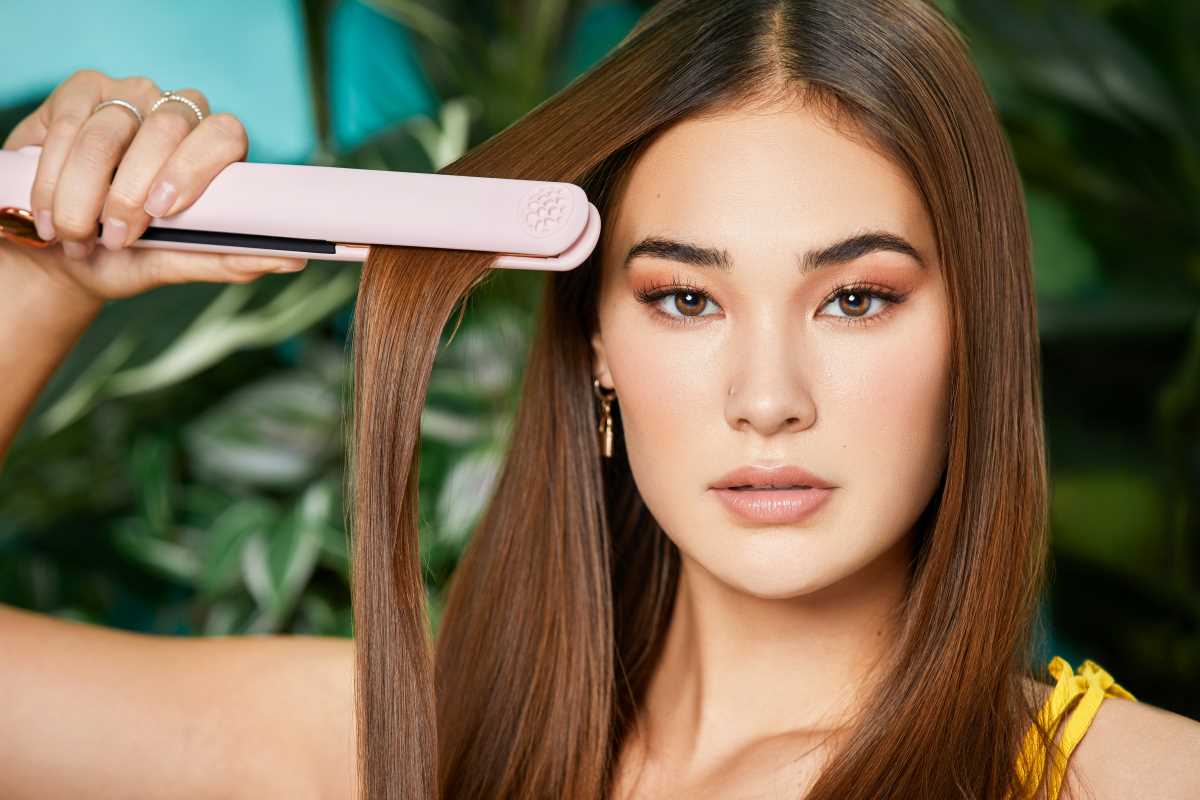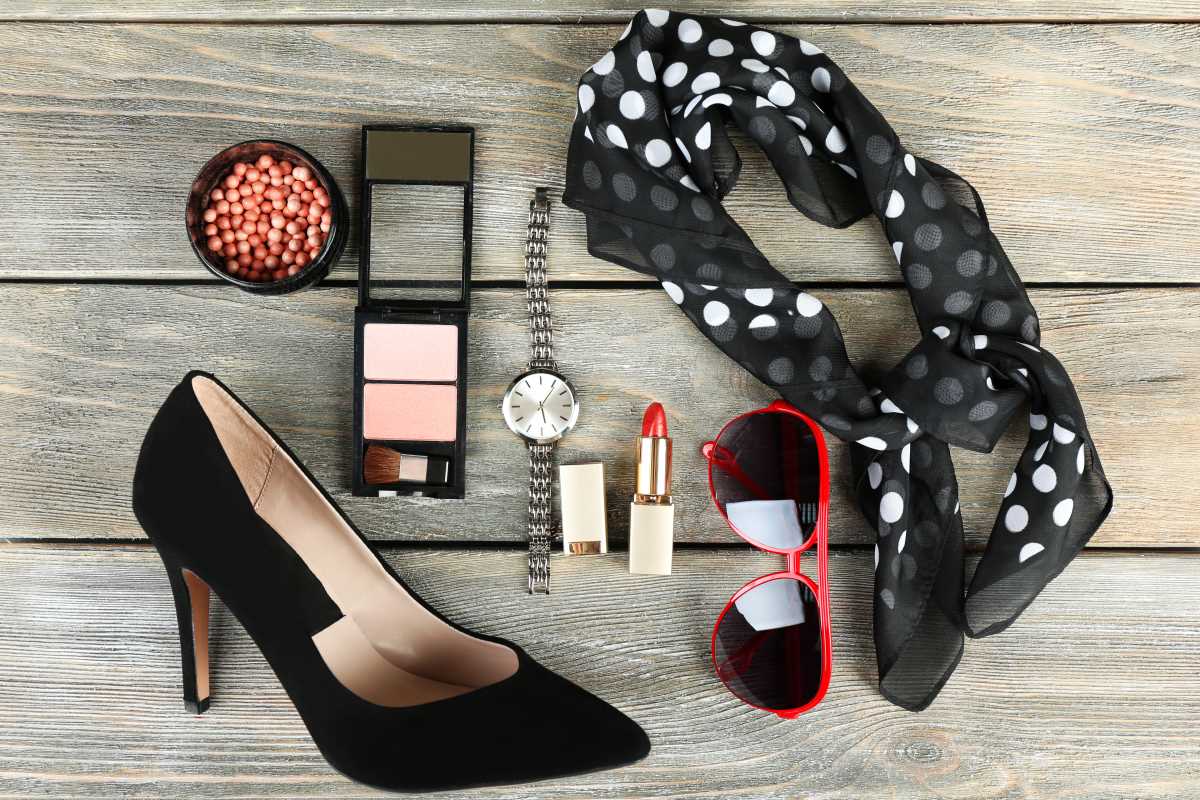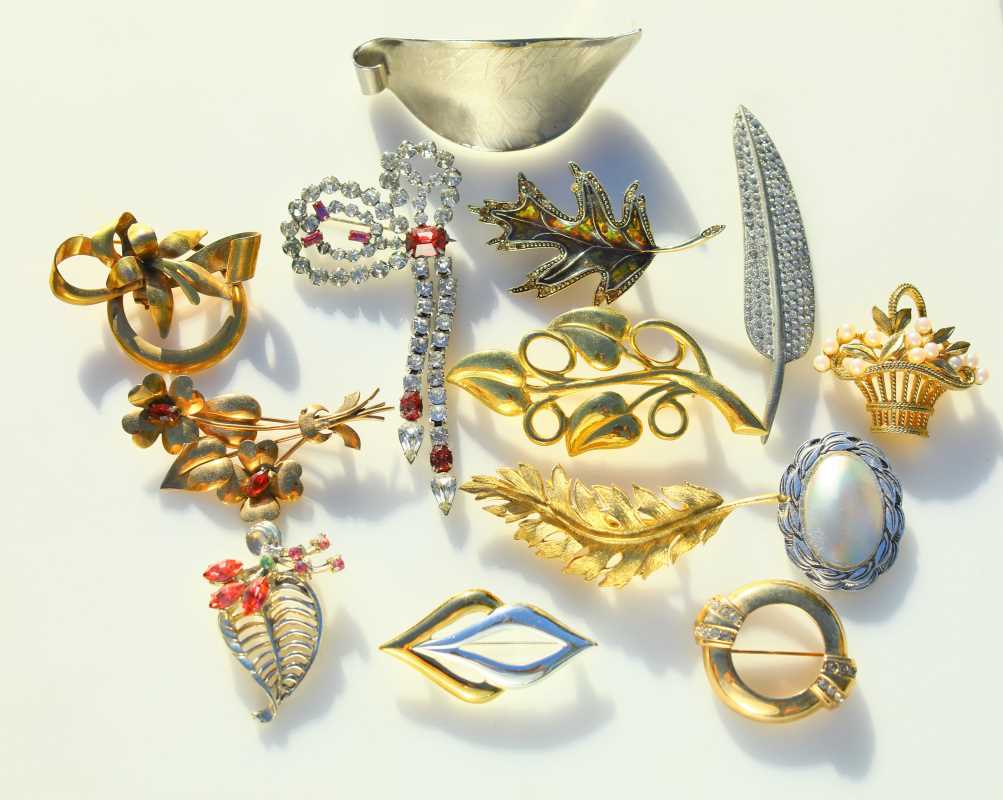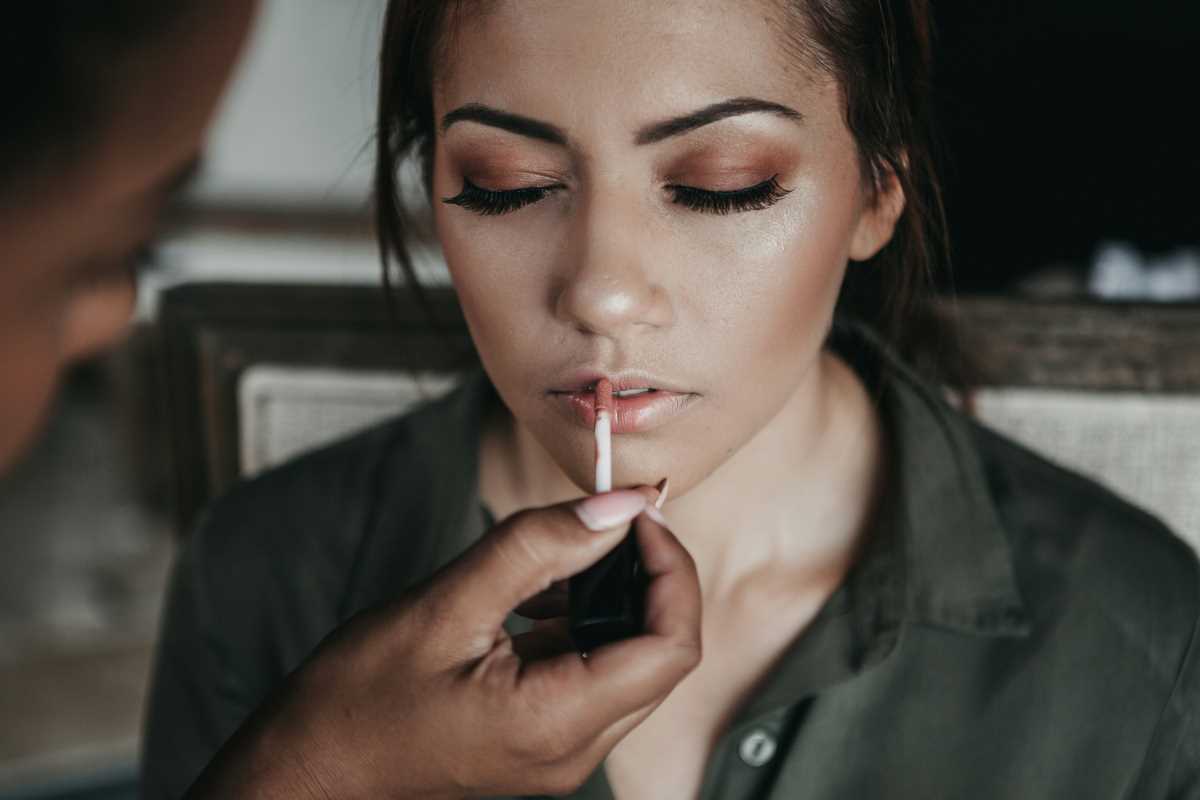Achieving and maintaining healthy hair is a goal for many, but it often seems like a challenge amidst the plethora of products and styling techniques available today. The good news is that healthy hair doesn’t require a complicated regimen. With consistent care and a few foundational practices, you can promote stronger, shinier hair that resists damage and breakage. Here are some essential and effective ways to keep your locks in optimal condition.
Proper Washing Techniques
One of the most common mistakes people make with hair care is over-washing. Frequent shampooing, especially with harsh products, can strip the hair of its natural oils. These oils are essential for maintaining moisture and protecting the hair shaft. Ideally, try to limit washing to two or three times per week, which helps preserve the natural oil balance. When choosing a shampoo, select one that matches your hair type—whether it’s oily, dry, or chemically treated.
Focus on applying shampoo primarily to the scalp, as this is where oil, dead skin cells, and product buildup collect. Massaging the scalp can also stimulate blood flow, encouraging healthier hair growth. For those who feel their hair needs more frequent cleansing, consider a co-wash (conditioner-only wash) in between full washes. Rinsing with cool water at the end of your shower can help seal the cuticle, which gives hair a smoother, shinier appearance.
Balanced Diet for Hair Health
Healthy hair starts from within, making diet a key factor. Just as your skin reflects your overall health, so does your hair. A nutrient-rich diet fuels hair growth and supports hair structure and shine. Protein, the primary component of hair, is essential, so make sure to consume adequate amounts through sources like lean meats, eggs, and legumes. Foods high in biotin, such as nuts and seeds, promote hair thickness and strength, while vitamin-rich fruits and vegetables support cellular repair.
Iron-rich foods, such as spinach and other leafy greens, improve blood flow to hair follicles, supporting stronger, less brittle hair. Omega-3 fatty acids, found in fish like salmon and in walnuts and flaxseeds, help keep the scalp hydrated, which is essential for a healthy environment for hair growth. Hydration, too, plays a vital role, so aim to drink plenty of water each day to keep your hair nourished from the inside out.
Protecting Hair from Heat Damage
Excessive heat styling can lead to significant hair damage over time, causing split ends, dryness, and even permanent damage to the hair’s structure. To avoid this, try to minimize the use of blow dryers, flat irons, and curling wands. Embrace air-drying whenever possible to give your hair a break from direct heat. When styling tools are necessary, always use a heat protectant spray, which forms a barrier between the tool and your hair, preventing excessive heat exposure.
If you must use heat, opt for the lowest heat setting that achieves the desired style, and keep moving the tool along the hair to avoid excessive heat on any single area. Ceramic or tourmaline-coated tools distribute heat more evenly and are less damaging than traditional metal ones. You could also explore non-heat styling techniques, such as using rollers or braids, for gentle waves or curls.
Regular Trims for Healthy Ends
Getting regular trims is essential for maintaining a polished look and preventing split ends from traveling up the hair shaft. Aim to trim every six to eight weeks to maintain a clean cut and avoid that “frayed” look that split ends can cause. Some may worry that frequent trimming will hinder hair growth, but in reality, keeping ends healthy allows hair to grow in better condition and reduces breakage.
For those with curly or textured hair, consider a “dusting” technique, where only the very ends of hair strands are trimmed. This approach preserves length while removing split ends and keeping curls in shape. Remember, healthy hair grows faster because it requires less repair, so don’t be afraid to keep up with trims even while growing your hair out.
Gentle Handling and Protective Styles
Being mindful of how you handle your hair daily can make a significant difference in its health. Wet hair is more vulnerable to breakage, so avoid brushing or combing it right out of the shower. Instead, gently pat it dry with a microfiber towel or an old cotton T-shirt, which is gentler than a regular towel. Use a wide-tooth comb to detangle, starting from the ends and working up to avoid pulling and breakage.
Protective styles, such as braids, buns, or twists, can help reduce daily wear and tear on your hair, especially for textured or curly hair types. These styles minimize friction with clothing and environmental elements and can also reduce the need for heat styling. Avoid styles that are overly tight or create tension on the scalp, as this can lead to breakage or even traction alopecia, a condition caused by prolonged strain on hair follicles.
Natural Treatments and Hair Masks
Incorporating natural treatments into your hair care routine is an excellent way to provide extra nourishment and hydration. Many pantry staples are loaded with beneficial nutrients for hair. Coconut oil is known for its deep conditioning properties, penetrating the hair shaft to add moisture and reduce protein loss. Honey is another excellent addition to hair masks, as it’s a natural humectant, meaning it draws moisture from the air into your hair.
Avocado, rich in vitamins E and B, is ideal for repairing dry or damaged hair, while aloe vera helps soothe the scalp and adds shine. Try making a DIY hair mask once a week by mixing a few of these ingredients, applying the mixture to damp hair, and leaving it on for about 30 minutes before rinsing thoroughly. Focus on the ends, where hair tends to be driest, and avoid the scalp if your hair tends to get oily.
Protecting Hair While Sleeping
Many overlook the impact that nighttime routines can have on hair health. Tossing and turning on a cotton pillowcase can cause friction, leading to breakage and frizz. Switching to a silk or satin pillowcase minimizes friction, helping to keep hair smooth and manageable. For those with curly or long hair, consider loosely braiding or gathering hair into a silk or satin scarf or bonnet before bed. This protects your hair from tangling and maintains your style overnight.
Embracing Your Natural Texture
Finally, learning to work with your hair’s natural texture can be one of the most effective ways to keep it healthy. Often, we subject our hair to processes that can damage it, simply to achieve a look that isn’t natural for our hair type. Embracing your hair’s unique characteristics can reduce the need for excessive styling and lead to a healthier, more manageable routine. Try to explore products and techniques suited for your natural texture rather than relying on methods that may cause stress and damage over time.







